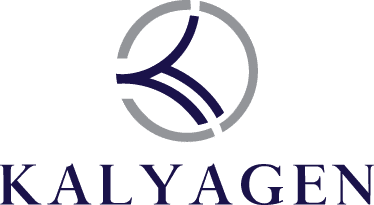History
The development of Kalyagen started nearly 25 years ago when Christian Drapeau began studying the aquatic botanical Aphanizomenon flos-aquae (AFA). People consuming AFA reported benefits touching three main aspects of human health: immune and inflammation support, and an increase in mental clarity and energy.
With his research team, Drapeau quickly identified that a polysaccharide from AFA was supporting various aspects of immunity, more specifically the activity and migration capacity of natural Killer Cells (NK Cells).[1],[2] The University of Mississippi also documented immune-stimulant properties of AFA polysaccharide.[3]
Regarding inflammation, as with any other blue-green algae, AFA is a significant source of phycocyanin, which was documented to be a strong COX-2 inhibitor and to reduce inflammation in several models of inflammation.[4],[5],[6],[7] Over the years, phycocyanin was also documented to have anti-cancer properties.[8] Finally, Drapeau documented that AFA is a unique source of phenylethylamine (PEA), a molecule produced by the brain that enhances dopaminergic nervous transmission.[9] Oral intake of PEA has been documented to elevate mood to the point of being anti-depressive,[10],[11] and even to potentially bring beneficial effects in cases of Attention-Deficit Disorder (ADD).[12] On this basis, AFA-based products have been marketed to help children with ADD.[13]
Throughout Drapeau’s continued research, many people consuming AFA reported benefits linked to various aspects of human health that could not be explained via the known biochemistry of AFA. For example, significant benefits touching the functioning of the heart, the pancreas, the liver, and even the brain.[14],[15]
For a number of years, Drapeau’s team could not explain these benefits, until the first documentation in the early 2000s that bone marrow stem cells had the ability of transforming into cells of various tissues and to effectively repair these tissues.[16] On the basis of these observations, Drapeau and his colleague Dr. Gitte Jensen investigated whether AFA could be acting as a natural stem cell mobilizer, increasing the number of circulating stem cells and henceforth enhancing the innate ability of the body to repair. They developed an extract of AFA and found that AFA indeed contained an L-selectin ligand that stimulated the release of stem cells from the bone marrow, increasing the number of circulating stem cells by approximately 25%.[17] Over the years, the use of this AFA extract has been associated with significant improvements in a number of health problems.[18],[19]
After this documentation that a key mechanism of action of AFA was the mobilization of endogenous stem cells, Drapeau began searching for other ingredients that could also act as stem cell mobilizers. The search focused on ingredients that are either known globally or used locally in remote areas of the world by local medicine men for a wide variety of health problems. This quest led to the testing of known products such as medicinal mushrooms, specific seaweeds like Undaria pinnatifida and Fucus vesiculosus, goji berry, black and red currant, gotu kola, foti, spirulina, amla, to products coming from remote areas of the world like South America, Madagascar, and the Tibetan plateau. The next big discoveries came from Madagascar and the Tibetan plateau.
For many centuries, Malagasy people have harvested a local form of aloe called Aloe macroclada, which they use for a variety of applications including back pain, digestive issues, liver problems, overall recovery and even hair color depigmenting/loss. They harvest this aloe in the wild and prepare it into small pills that are taken with water. When these pills were tested, they stimulated stem cell mobilization and triggered a significant increase in the number of circulating stem cells.[20] Drapeau and his team developed a more sophisticated extract of Aloe macroclada that is being used as a dietary supplement.
Another unique ingredient is sea buckthorn berry, which grows at high altitudes on the Tibetan plateau. The scientific name of sea buckthorn is Hippophae, which means “shining horse” (hippo=horse and phae=light). It comes from Alexander the Great who, when traveling through Western China and Northern Tibet during his conquest, abandoned a number of horses wounded in battle and left them to die in a field of sea buckthorn. When he returned through the region, he saw a group of radiant and vibrant horses feeding on the fruits and leaves, each having with a shiny coat, a sign of health for a horse. So, the berry was called “shining horse”. Since then, sea buckthorn has been incorporated into Tibetan Medicine, Mongolian Medicine and Chinese Medicine where it has been used for various problems impacting the heart, pancreas, cardiovascular system, digestive system, as well as for injuries to the skin and bones. Given the wide range of benefits obtained from the use of sea buckthorn, Drapeau and his team hypothesized that this plant works by stimulating endogenous stem cell mobilization. An extract of sea buckthorn berry was developed and tested, and was shown to stimulate the release of stem cells from the bone marrow, significantly increasing the number of circulating stem cells.[21]
In 2016, Drapeau used his accrued years of research and development, having investigated an extensive variety of plants, to develop Stemregen. Kalyagen has been created to market Stemregen and to continue the effort of researching plants coming from remote areas that have unique health properties.
Click to expand sources (1 to 10)
[1] Consumption of Aphanizomenon flos aquae has rapid effects on the circulation and function of immune cells in humans: a novel approach to nutritional mobilization of the immune system.
Jensen GS, Ginsberg DI, Huerta P, Citton M, Drapeau C.
JANA 2000;2:50–58.
Hart AN, Zaske LA, Patterson KM, Drapeau C, Jensen GS.J Med Food. 2007 Sep;10(3):435-41.
Pugh N, Pasco DS.Phytomedicine. 2001 Nov;8(6):445-53.
[4] Selective inhibition of cyclooxygenase-2 by C-phycocyanin, a biliprotein from Spirulina platensis.
Reddy CM, Bhat VB, Kiranmai G, Reddy MN, Reddanna P, Madyastha KM.Biochem Biophys Res Commun. 2000 Nov 2;277(3):599-603.
Romay C, Ledón N, González R.J Pharm Pharmacol. 1999 May;51(5):641-2.
Pak W, Takayama F, Mine M, Nakamoto K, Kodo Y, Mankura M, Egashira T, Kawasaki H, Mori A. J Clin Biochem Nutr. 2012 Nov;51(3):227-34.
Remirez D, Ledón N, González R.Mediators Inflamm. 2002 Apr;11(2):81-5.
[8] Potential Therapeutic Applications of C-Phycocyanin.
Bannu SM, Lomada D, Gulla S, Chandrasekhar T, Reddanna P, Reddy MC.Curr Drug Metab. 2019;20(12):967-976.
[9] Presynaptic regulation of dopamine release by beta-phenylethylamine.
Zharikova AD, Godukhin OV.
Biull Eksp Biol Med 1984:98(11):574-6
[10] Sabelli HC and Javaid JI (1995) Phenylethylamine modulation of affect: therapeutic and diagnostic implications. J Neuropsychiatry Clin Neurosci 7(1): 6-14.
Click to expand sources (11 to 21)
[11] Sabelli H, Fink P, Fawcett J and Tom C (1996) Sustained antidepressant effect of PEA replacement. J Neuropsychiatry Clin Neurosci 8(2): 168-71
[12] Baker et al. (1991) Phenylethylaminergic mechanisms in attention-deficit disorder. Biol Psychiatry 1991 Jan 1;29(1):15-22
Cremonte M, Sisti D, Maraucci I, Giribone S, Colombo E, Rocchi MBL, Scoglio S.J Med Food. 2017 Dec;20(12):1233-1239.
[14] A multi-axial treatment paradigm for mild traumatic brain injury to achieve reparative functional metaplasticity.
Valencia A, Walker J.
3rd World Congress on Brain Injury, IBIA, Quebec City, June 1999.
[15] Report of treatment of alzheimer’s disease with aphanizomenon flos-aquae.
Gabriel Cousens, M.D. Orthomedicine, Winter/Spring 1985, VolVIII, No.1-2.
[16] Cracking the Stem Cell Code.
Christian Drapeau,
Jensen GS, Hart AN, Zaske LA, Drapeau C, Gupta N, Schaeffer DJ, Cruickshank JA.Cardiovasc Revasc Med. 2007 Jul-Sep;8(3):189-202.
[18] The Therapeutic Potential of Stimulating Endogenous Stem Cell Mobilization. In: Tissue Regeneration – From Basic Biology to Clinical Application. Drapeau C, Eufemio G, Mazzoni P, Roth GD and Strandberg, S. InTech Open, 2012.
[19] Use of the stem cell mobilizer SE2® as part of conventional treatment on ankle injuries to expedite recovery in professional soccer players. Garber M, Mazzoni P, Nazir C, AND Drapeau C. J. Advancement in Medical and Life Sciences, 2(3); 2015.
[20] Aloe macroclada from Madagascar triggers transient bone marrow stem cell mobilization.
Drapeau C, Benson KF, James J, Jensen GS. Stem Cell research and Therapy. 2013; 5(6): 4 pp.
Drapeau C, Benson KF, Jensen GS.Clin Interv Aging. 2019 Feb 4;14:253-263.

